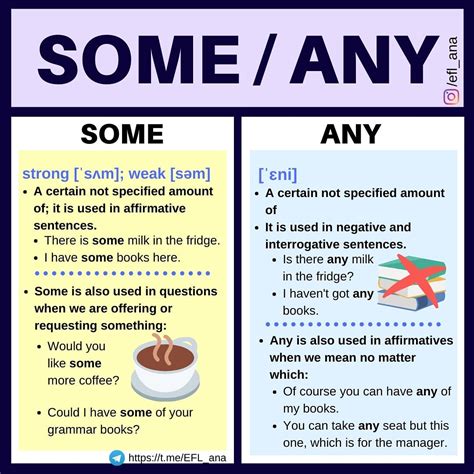Men’s friendships, while often less explicitly articulated than others, are profoundly shaped by a unique set of unspoken rules and expectations. These implicit understandings form the bedrock of trust, loyalty, and camaraderie, guiding interactions and defining the depth of the bond. Far from being simplistic, these dynamics create a rich, often subtle, tapestry of connection that prioritizes action and shared experience.

The “Show, Don’t Tell” Ethos
One of the most defining characteristics of men’s friendships is the emphasis on action over words, particularly concerning emotional support. Instead of lengthy discussions about feelings, men often express care through practical help, shared experiences, or simply being present. A friend might offer to help move furniture, fix a car, or just sit quietly during a tough time, rather than initiating a deep emotional conversation. This doesn’t mean a lack of empathy, but rather a different mode of conveying it.
Similarly, seeking help often follows the same pattern. A man in need might drop hints or present a problem as a practical challenge, expecting his friends to pick up on the underlying request for support without explicitly stating emotional vulnerability.
Loyalty and Unconditional Support (Within Reason)
A foundational expectation is unwavering loyalty. This translates to defending a friend in their absence, keeping confidences, and generally “having each other’s back.” While constructive criticism might happen privately, public displays of disloyalty are a major breach of trust.
This loyalty often extends to an understanding of “no questions asked” support in certain situations, especially during crises. The expectation is that you show up when it counts, even if the details are fuzzy, and trust that your friend wouldn’t ask for help without good reason.
Banter, Teasing, and Humor as a Love Language
For many men, playful teasing, sarcastic banter, and shared humor serve as a primary language of affection and bonding. It’s a way to test boundaries, show comfort, and reinforce the bond without resorting to overt emotional expressions. The ability to give and take playful jabs without offense is a sign of a strong, secure friendship.
This dynamic also provides an outlet for stress and a way to lighten serious situations, often diffusing tension through shared laughter.

Shared Activities and Side-by-Side Bonding
Many men’s friendships thrive on shared activities rather than face-to-face conversations. Whether it’s watching sports, playing video games, fishing, working on a project, or going to the gym, these “side-by-side” activities provide a comfortable context for connection. Deep conversations can happen organically during these times, without the pressure of a direct, intense emotional exchange.
The activity itself often serves as the excuse for interaction, rather than the explicit desire for emotional check-ins.

Respect for Autonomy and Personal Space
There’s often an unspoken understanding that friends should respect each other’s autonomy and personal space. This means not being overly intrusive, not prying into private matters unless invited, and understanding when a friend needs space without taking it personally.
It also extends to a certain level of independence within the friendship; friends don’t necessarily expect constant contact or require every detail of each other’s lives.
The “No Drama” Policy
Many men’s friendships implicitly adhere to a “no drama” rule. This means avoiding petty conflicts, gossip, or overly emotional outbursts. Issues are often addressed directly and pragmatically, or sometimes, simply allowed to fade if deemed minor. The goal is to maintain a generally stable, straightforward, and low-conflict dynamic.

Understated Appreciation and Reciprocity
Expressions of appreciation might be subtle or delivered through actions rather than explicit verbal thanks. A gesture of help will be remembered and reciprocated when the opportunity arises, creating a cycle of mutual support that often doesn’t need to be verbally acknowledged.
The understanding is that the friendship itself is the acknowledgment, and the expectation of reciprocity is implicit.
Conclusion
These unspoken rules, while varying culturally and individually, form a significant part of the male friendship landscape. They create a framework of predictability and trust, allowing for deep, resilient bonds to flourish, often in ways that prioritize action, shared experience, and understated emotional connection over explicit verbal articulation. Understanding these dynamics can shed light on the unique strength and character of men’s friendships.




